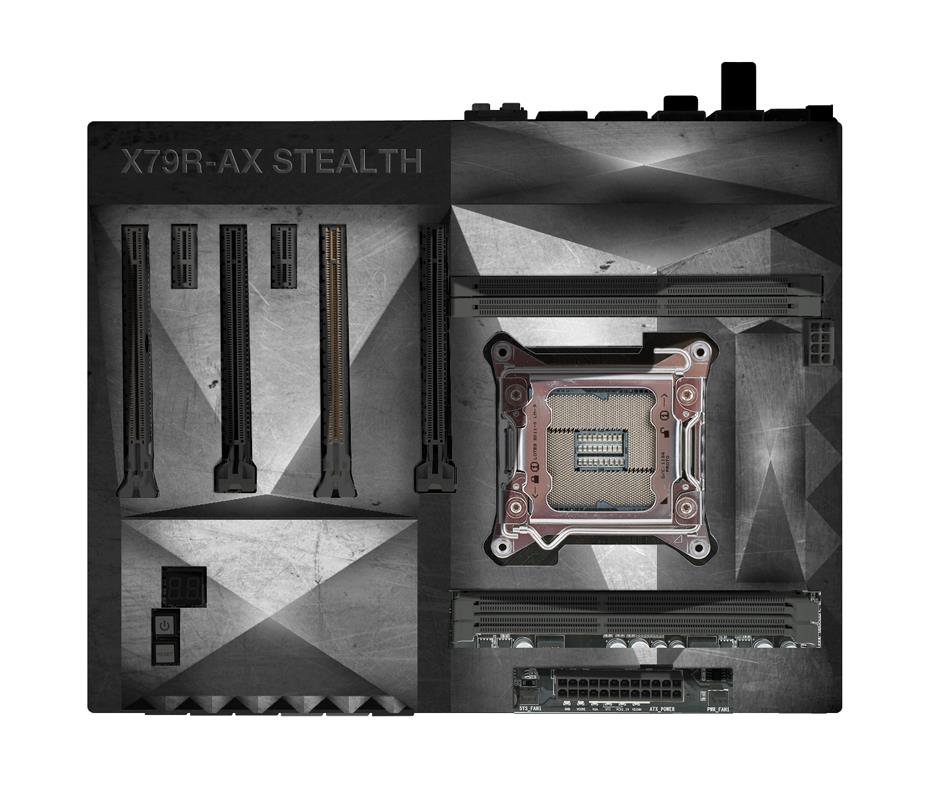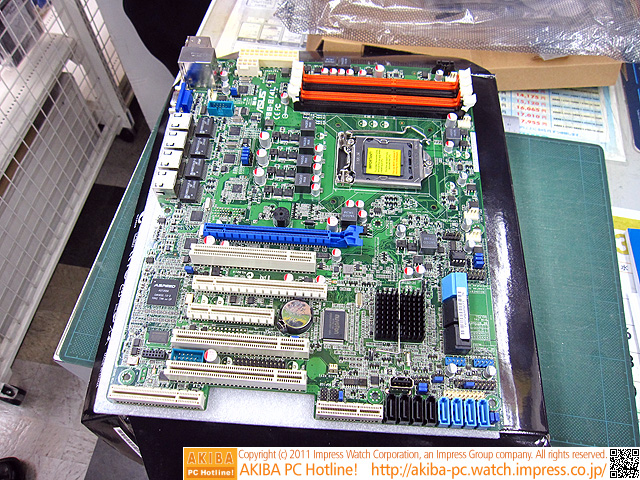ASUS P8Z68-V Pro Intel Z68 Chipset Motherboard Review
Bluetooth 19 May 2011
The ASUS P8Z68-V Pro motherboard is one of the first ASUS’s Z68 motherboards to be announced in May 2011. Early this year, various vendors already released boards based on Intel P67 and H67 chipsets. One thing to note is that both chipset have a number of limitations. For P67, you can’t use the Quick Sync media accelerators packed inside Intel’s second-generation Core architecture. With H67, you can’t overclock the same CPU beyond 3.7GHz. e.g. Core i5-2500K.
The Z68 chipset comes as a hybrid between the P67 and the H67 platform controller hubs (PCHs) and was designed to allow overclocking Sandy Bridge CPUs while using the integrated graphics. This will significantly speed up the transcoding process without affecting the image quality of the resulting video, and only requires a Lucidlogix Virtu driver which enables on-the-fly GPU switching.
In addition, the Z68 chipset supports Intel Smart Response Technology, allowing you to use a SSD as a memory cache to see up your disk access.
Basically, this board doesn’t differ too much from the earlier designs. It supports the LGA1555 socket for intel 2nd generation core i7/i5/i3 processors. It has 4 DIMM support max of 32GB of DDR3-2200 (OC)/2133/1866/1600/1333/1066MHz unbuffered memory.
It has 2 PCIe 2.0 x16 slots (single @16, dual @8+8), 1 PCIe 2.0×16 (max x4 mode), 2 PCIe2.0×1 and 2 PCI slots. Video output includes supports of HDMI, DVI-D, D-SUB. Storage supports 4 SATA 6.0Gbps (2 grey, 2 navy blue connectors), 4 SATA 3.0Gbps ports (blue) and 1 eSATA 3.0Gbs/ port. Blue and Grey ports support the Intel Smart Response Technology. The GbE LAN is powered by Intel 82579 Gbe LAN controller.
Audio is powered by ALC 892 8 ch audio. There are 2 USB 3.0 ports for front panel, 2 USB 3.0 at the back panel (blue) and 12 USB 2.0 ports (6 port at mid board , 6 ports at back panel). There is a Bluetooth module on board for BT GO! support. Other features of this board includes Dual Intelligent Processors 2 with DIGI+ VRM, TPU (simple onboard switch to boost system performance), EPU (Energy efficiency), BT GO ! (Transfer files, Remote control of PC) and UEFI BIOS (EZ mode) to control the setup BIOS of the mainboard.







